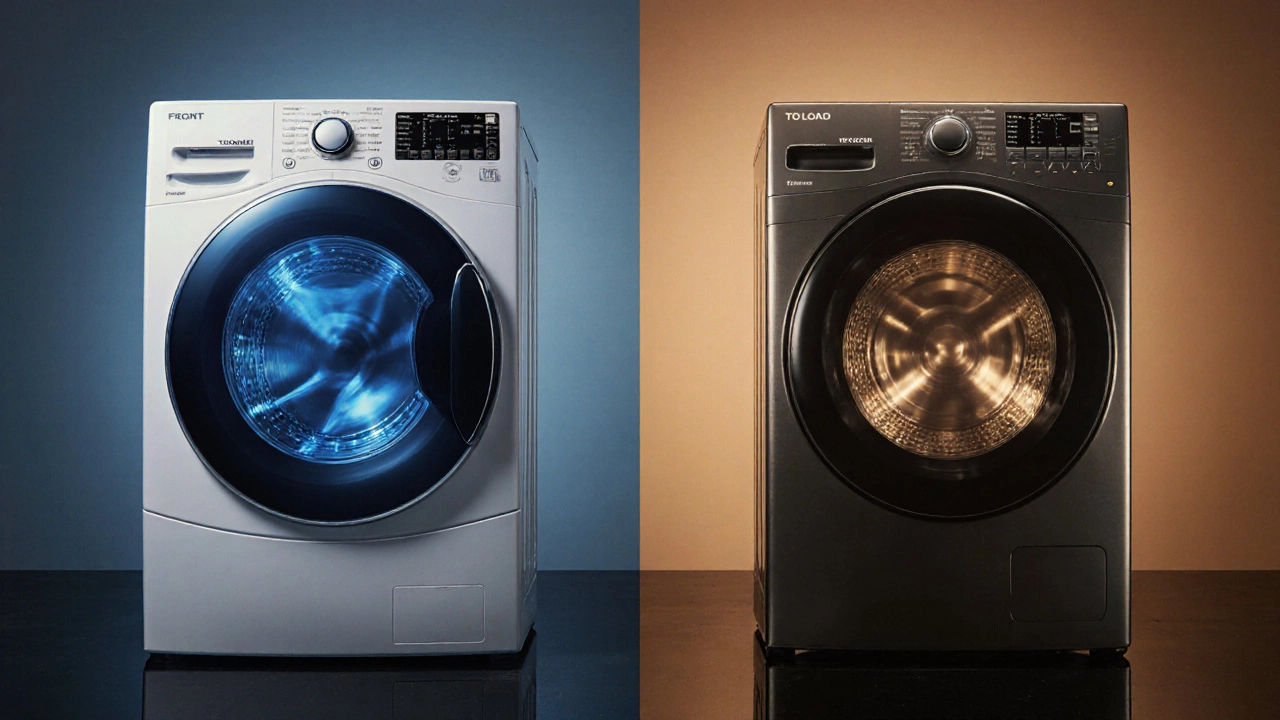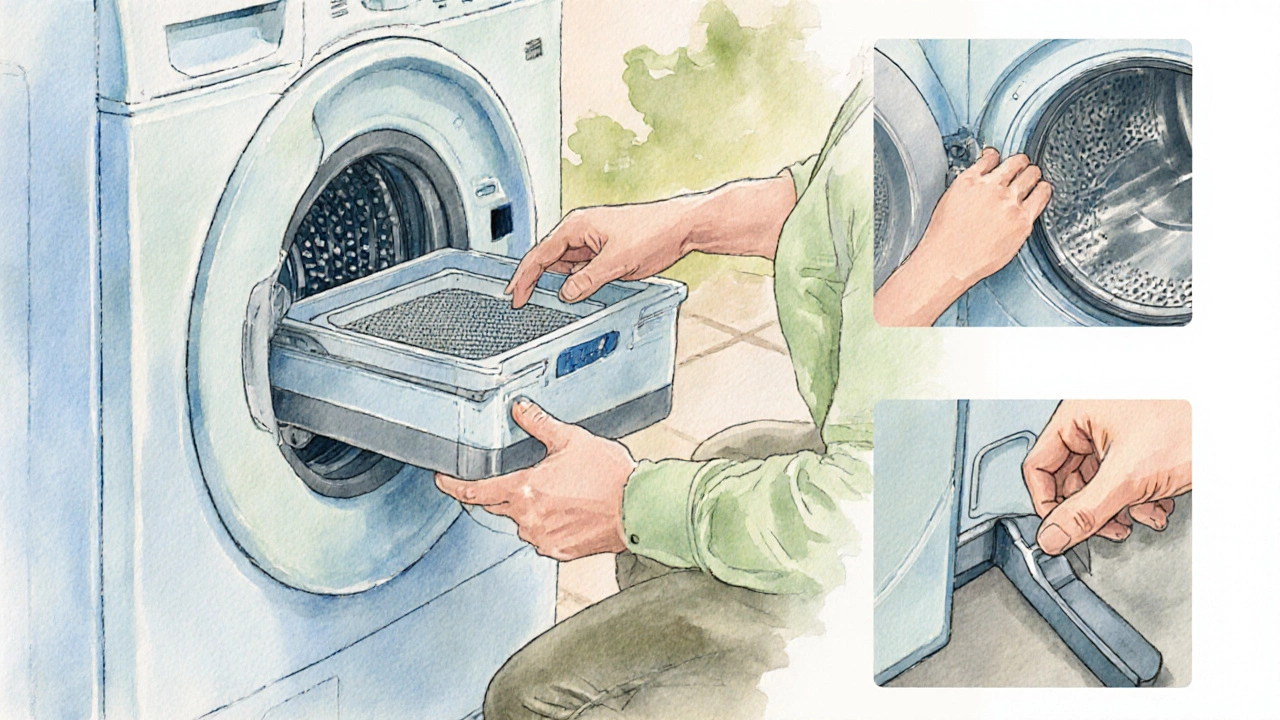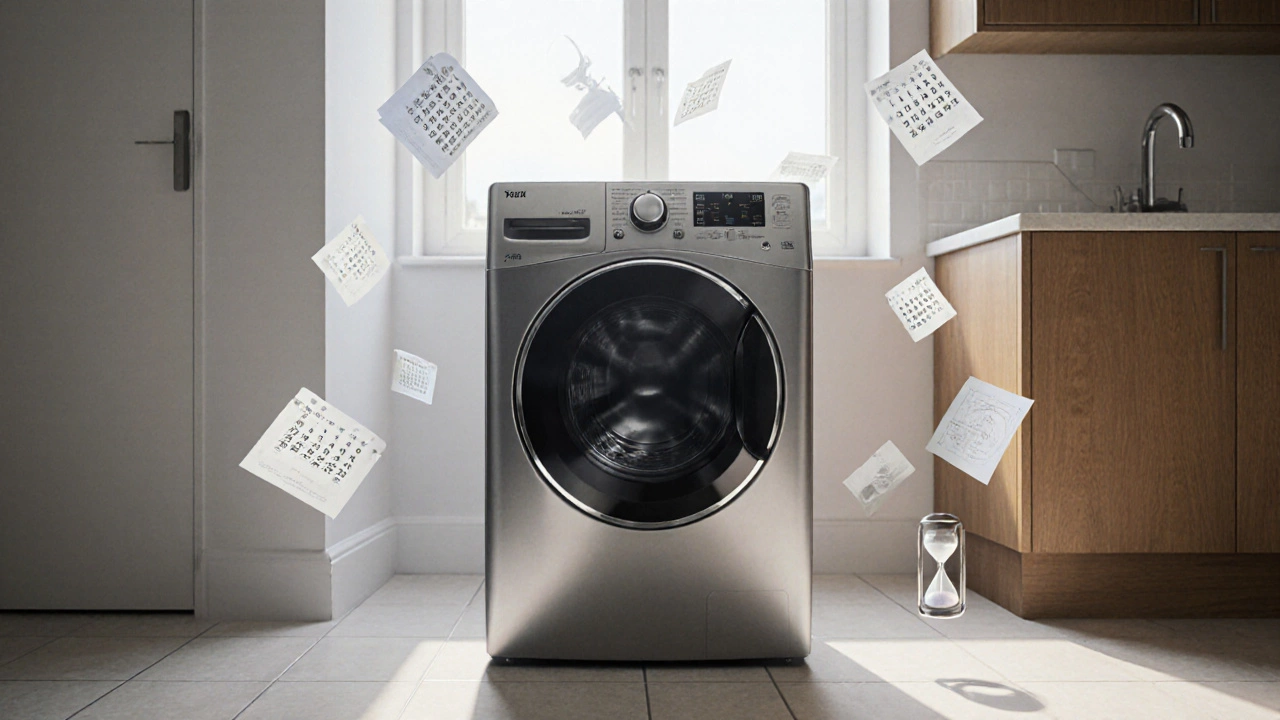Washing Machine Lifespan Calculator
Estimate how long your washer might last based on key factors from the article.
When we talk about the washing machine is a household appliance designed to clean laundry automatically by using water, detergent, and mechanical agitation, its washing machine lifespan is a key concern for owners who want to avoid frequent repairs.
What does “lifespan” actually mean?
In the appliance world, lifespan usually refers to the average number of years a unit operates before a major component fails beyond reasonable repair cost. Two metrics are common:
- Average service life - the mean years across a large sample of machines.
- Maximum observed life - the longest real‑world usage recorded for a particular model.
Both numbers help you decide whether to keep servicing an old washer or replace it with a newer, more efficient model.
Typical average lifespan figures
Industry surveys from organisations such as the U.S. Consumer Product Safety Commission and European Appliance Manufacturers Association consistently place the average service life of a residential washer between 10 and 12 years. In New Zealand, the Ministry of Business, Innovation and Employment (MBIE) reports a median of 11 years based on warranty claim data collected from 2018‑2023.
These figures are not random; they emerge from millions of cycles across different brands, load capacities, and usage patterns.
Factors that push the lifespan toward the upper end
Not every washer ages at the same rate. Below are the most influential variables, each linked to a specific component or operating condition.
- Motor - a well‑ventilated, low‑vibration motor can easily exceed 15 years. Heavy‑duty induction motors found in many European models tend to outlast universal motors used in budget units.
- Drum - stainless‑steel drums resist corrosion better than porcelain‑enameled ones, especially in areas with hard water.
- Control board - electronic control modules benefit from stable voltage; frequent power surges shorten their life.
- Water inlet valve - mineral deposits can jam the valve, causing leaks and premature failure.
- Usage frequency - households that run fewer than 300 cycles per year often see an extra 2‑3 years of life.
- Load size - over‑loading stresses the suspension system and shortens bearing life.
- Water hardness - high calcium levels accelerate wear on seals and hoses.

Front‑load vs. top‑load: which lasts longer?
Many buyers wonder whether a front‑load or top‑load design influences durability. Below is a side‑by‑side comparison of the two dominant types, based on data from independent testing labs and warranty statistics.
| Attribute | Front‑load | Top‑load |
|---|---|---|
| Average service life | 11‑13 years | 9‑11 years |
| Typical warranty | 2‑10 years (extended on premium brands) | 1‑5 years |
| Common failure point | Door seal wear, control board glitches | Motor overheating, agitator wear |
| Water usage per load | 15‑25 L | 30‑45 L |
| Energy consumption (kWh/100 cycles) | 52‑68 | 75‑90 |
Front‑load machines generally win on longevity, mainly because they use a gentler tumbling action that puts less strain on bearings and the motor.
Real‑world examples of exceptionally long‑lasting washers
While averages are useful, anecdotes of machines hitting the 20‑year mark illustrate what’s possible when the right conditions align.
- Miele W1 Series - Miele advertises a 20‑year “lifetime” guarantee on its premium line. Independent owners report 22‑year service lives with routine maintenance.
- Bosch Serie 6 - European warranty extensions up to 10 years; many users in Germany hit 15 years before major repairs.
- Whirlpool Accenta - A 2002 model in a Christchurch home ran for 18 years before the drum bearings needed replacement.
Notice a common thread: these models feature stainless‑steel drums, sealed bearings, and robust electronic controls.
Maintenance checklist to squeeze out every extra year
Think of a washing machine like a car - regular care makes the difference between a short lease and a long‑term partnership. Follow this simple routine:
- Inspect and clean the filter every 3 months to prevent lint buildup.
- Run a monthly hot‑water cycle with a descaling agent to combat mineral deposits on the water inlet valve and drum.
- Level the machine using the adjustable feet; a tilted washer vibrates excessively, shortening bearing life.
- Check the door gasket (front‑load) or lid seal (top‑load) for cracks or mildew; replace promptly.
- Never overload - keep load size under 85 % of the machine’s rated load capacity to protect the suspension.
- Use the correct spin speed for fabric type; high speeds on delicate items increase drum wear.
- Plug the washer into a surge protector or use a dedicated circuit to guard the control board from voltage spikes.
- Schedule a professional inspection every 5 years - technicians can replace bearings or seals before they cause costly breakdowns.
Following these steps can push a typical 11‑year machine into the 14‑15 year range, often delaying the need for a full replacement.

When to repair vs. replace
Even the best‑maintained washer eventually faces a component that’s more expensive to fix than to buy new. Use this quick decision matrix:
- If repair cost < 30 % of a comparable new unit and the machine is under 12 years old → repair.
- If the drum bearings or motor need replacement and the unit is 12‑15 years old → consider replacement, especially if energy efficiency gains exceed 15 %.
- For models older than 15 years, even a cheap fix often isn’t worth it; technology improvements (lower water use, higher spin speeds) provide long‑term savings.
Remember, a new high‑efficiency front‑load washer can shave 40 % off your water bill and reduce energy consumption by up to 30 %.
Key takeaways
- Average washing machine lifespan: 10‑12 years globally; 11 years in New Zealand.
- Front‑load designs typically outlive top‑load machines by 1‑2 years.
- Major longevity drivers: quality motor, stainless‑steel drum, proper maintenance, and stable power.
- Regular upkeep (filter clean, descaling, level‑checking) can add 3‑4 extra years.
- Repair makes sense when costs stay below ~30 % of a new unit’s price and the washer is under 12 years old.
Frequently Asked Questions
What is the longest recorded lifespan for a washing machine?
The longest documented case is a Miele W1 series unit that ran for 22 years with regular maintenance before the motor needed replacement.
Do front‑load washers really last longer than top‑load ones?
Yes. On average, front‑load models achieve 11‑13 years while top‑load models average 9‑11 years. The gentler tumbling action reduces wear on bearings and the motor.
How often should I descale my washing machine?
Run a descaling cycle once a month if you live in a hard‑water area, otherwise every 2‑3 months is sufficient.
When is it cheaper to replace than to repair?
If the repair bill exceeds roughly 30 % of the price of a comparable new washer, especially for units older than 12 years, replacement usually makes more financial sense.
Can I extend a washer’s life by using lower spin speeds?
Lower spin speeds reduce stress on the drum bearings and suspension, but they also increase drying time. For delicate fabrics, using a lower speed is a good trade‑off for longevity.
Understanding the variables that affect a washing machine’s lifespan lets you make smarter choices-whether that means tightening up your maintenance routine, opting for a front‑load model, or knowing the right moment to replace an aging unit.
